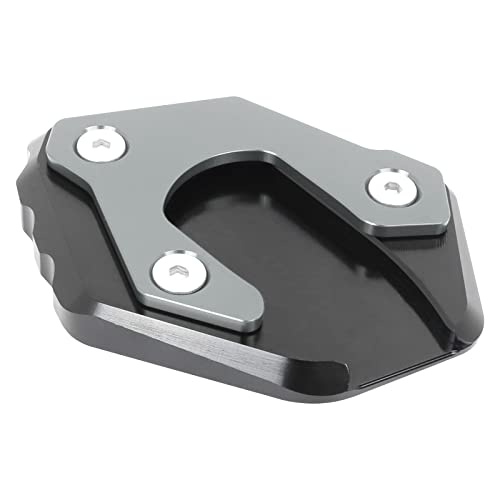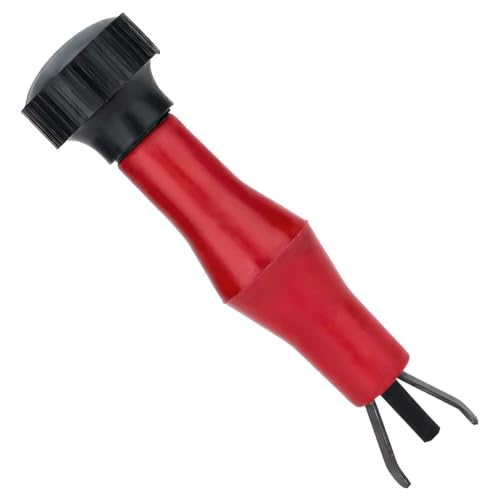When you abruptly connect two gears, one motionless and the other turning, you're going to have a clunk or bang.
When you're idling at 1100 rpm the large 1st gear wheel can be turning as fast as 278 rpm or 4 revs per second. When you're sitting still and you shift from neutral to 1st you're trying to grab that gear with one which isn't turning. Going to be some noise and maybe a lurch of the bike unless you have the brakes actuated.
How can you slow down the 4 rev per second gear?
Maybe you don't have a lot of clutch drag and it's turning much slower than 4 revs per second. Maybe you hold in the clutch lever for several seconds hoping that the gear will gradually slow down to minimize the clunk.
How else can you slow down the spinning gear?
Actuate the engine stop switch momentarily for a quick slowdown. Simultaneously execute the shift to 1st. Flip the stop switch back to run and "unstop" the engine.
Engine should still be spinning fast enough to fire back up without using the starter.
Or, you could do what I typically do, shift to 1st before starting the engine.
When you're idling at 1100 rpm the large 1st gear wheel can be turning as fast as 278 rpm or 4 revs per second. When you're sitting still and you shift from neutral to 1st you're trying to grab that gear with one which isn't turning. Going to be some noise and maybe a lurch of the bike unless you have the brakes actuated.
How can you slow down the 4 rev per second gear?
Maybe you don't have a lot of clutch drag and it's turning much slower than 4 revs per second. Maybe you hold in the clutch lever for several seconds hoping that the gear will gradually slow down to minimize the clunk.
How else can you slow down the spinning gear?
Actuate the engine stop switch momentarily for a quick slowdown. Simultaneously execute the shift to 1st. Flip the stop switch back to run and "unstop" the engine.
Engine should still be spinning fast enough to fire back up without using the starter.
Or, you could do what I typically do, shift to 1st before starting the engine.































































